*FYI - this post may contain affiliate links, which means we earn a commission at no extra cost to you if you purchase from them. Also, as an Amazon Associate I earn from qualifying purchases. Check out our Privacy Policy and Disclosure. for more info.
Famed for being one of the world’s happiest nations, Denmark is a truly wonderful place to visit, with picturesque views, attractions and pastries in epic abundance.
But there’s more to planning a Denmark trip than just buttery baked goods and LEGO. From choosing where to go and how to get around to random culture shocks along the way, there’s a lot that first timers need to be prepared for!
So, with that in mind, in this post I’ll be sharing all the most important Denmark travel tips and must-knows you should keep in mind before your first visit! I hope you find it helpful.
1. Explore beyond Copenhagen
I get it – you’ve seen the pretty photos, you’ve heard the tales of hot people on bikes, and you want to visit Copenhagen.
And fair enough! It’s a great city. And the bike thing? Not a myth.
But my first Denmark tip (if you have the time) is to make sure you explore beyond just the country’s picturesque capital.
Denmark is a delightfully compact country, with lots to see, so make sure you diversify your itinerary a bit.
For instance…
- If you’re into castles, both Fredericksborg Castle and Kronborg Castle (AKA the castle from Hamlet in Elsinore) are doable as day trips from Copenhagen!
- Other popular cities and towns include Aarhus, known for its cultural offerings, Aalborg, known for its modern architecture and rich history, as well as Ribe, the oldest town in Denmark
- And for those into nature, there’s amazing beaches all along the west coast, five national parks and over 400 islands
Not to mention Billund, birthplace of LEGO and home to LEGOLAND, the most popular theme park on the country… for obvious reasons.
So yes, don’t just limit yourself to Copenhagen there’s a lot to see. I’d recommend finding local bloggers based in Denmark to see where they recommend, as well as the official Visit Denmark tourism site which I found really helpful.
NOTE: When in Denmark, it’s also fairly easy to cross over to Sweden or Germany if you want to add another country to your list. For instance, the ferry from Helsingør to Helsingborg in Sweden is only 20 minutes, and the train from Copenhagen to Malmö is only about 40 minutes.
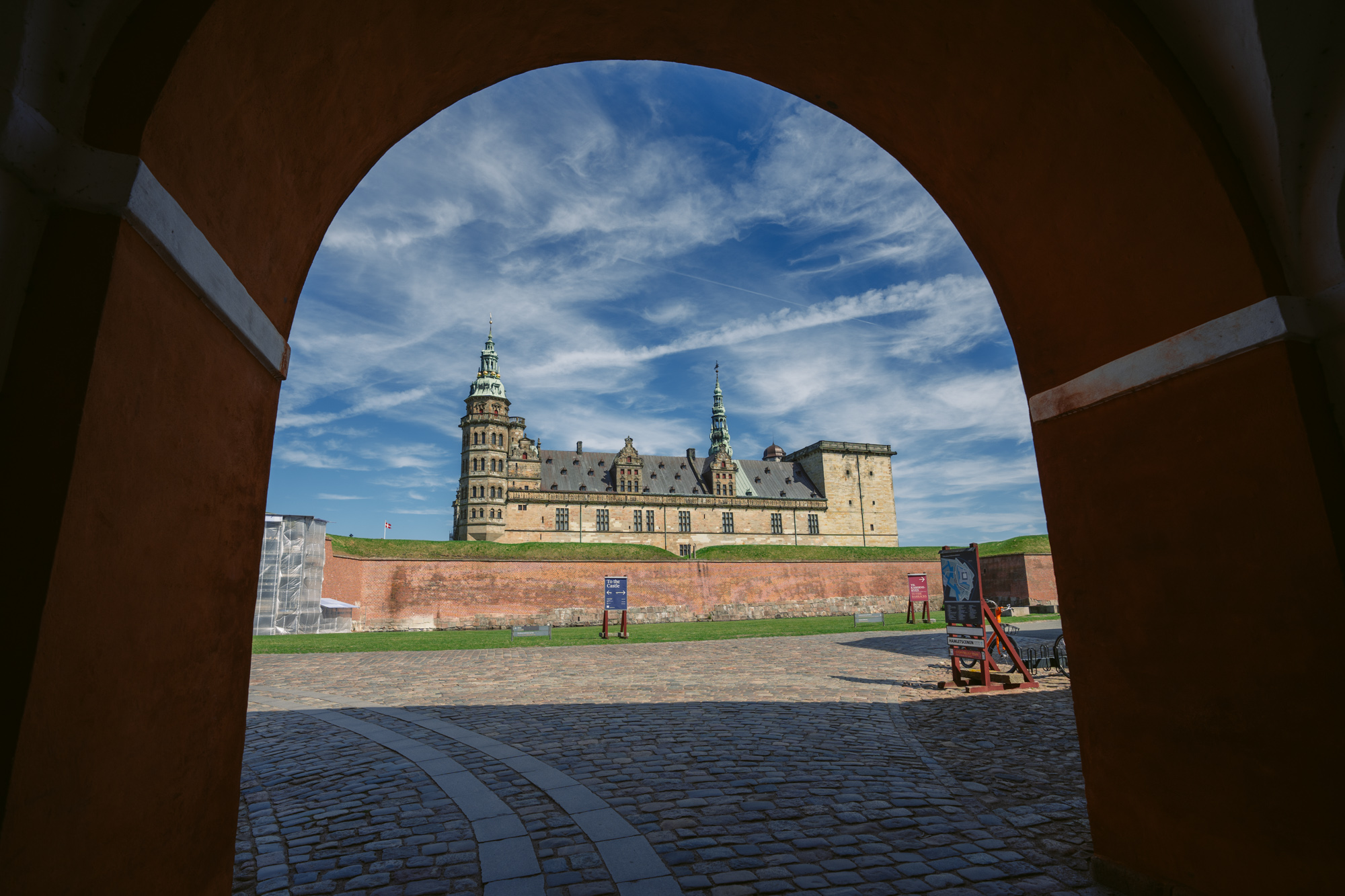
2. Know which airports to fly into
In terms of arriving in Denmark, Copenhagen has the most popular international airport, servicing 60+ airlines from around the world.
That said, flights into Billund and Aarhus can also be popular especially for those choosing to fly with a budget airline like Ryanair.
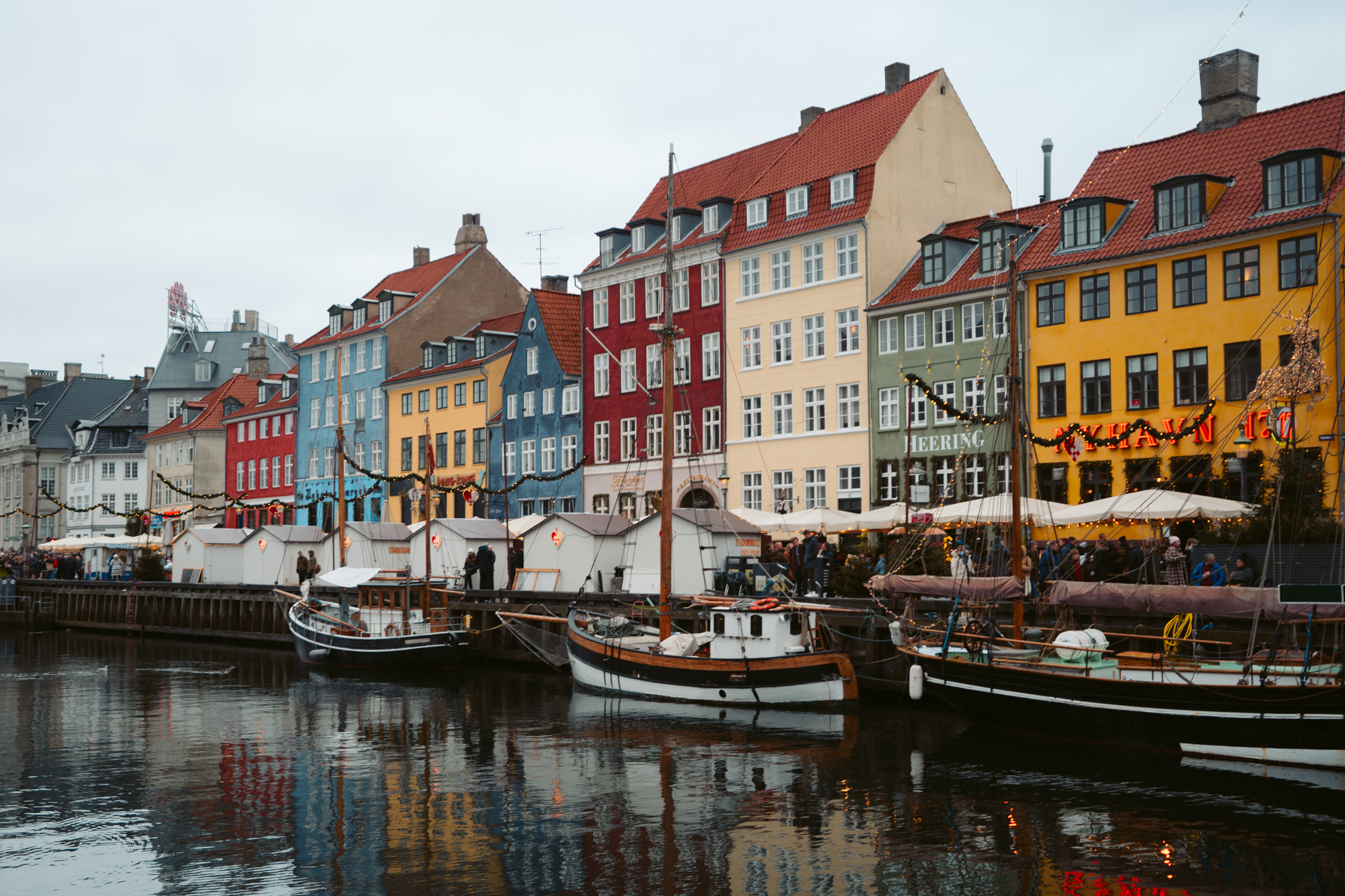
3. Know the pros/cons of visiting in each season
In terms of when to visit, I do think Denmark is a great year round destination, with each season offering its own distinct set of pros/cons.
Of course, for the best of weather, visiting summer is ideal, and you won’t find as many crowds as other more popular European hotspots.
But, I have to say, while winters are cold and the nights are long, Danes are the masters of Hygge, the (Danish) art of coziness and contentment… a concept that has really taken off around the world. So yes, it’s cold, but there’s no shortage of places to get cozy and make the most of it!
Christmas time can also be really lovely in Denmark, with lots of cute markets and pretty decorations in Copenhagen especially.
The transitional months of Spring and Fall also offer up their own unique perks like beautiful foliage and Spring blooms… so yes, there’s great reasons to visit anytiem, so decide what your main priority is (good weather, thinner crowds, holiday vibes, etc.) and go from there.
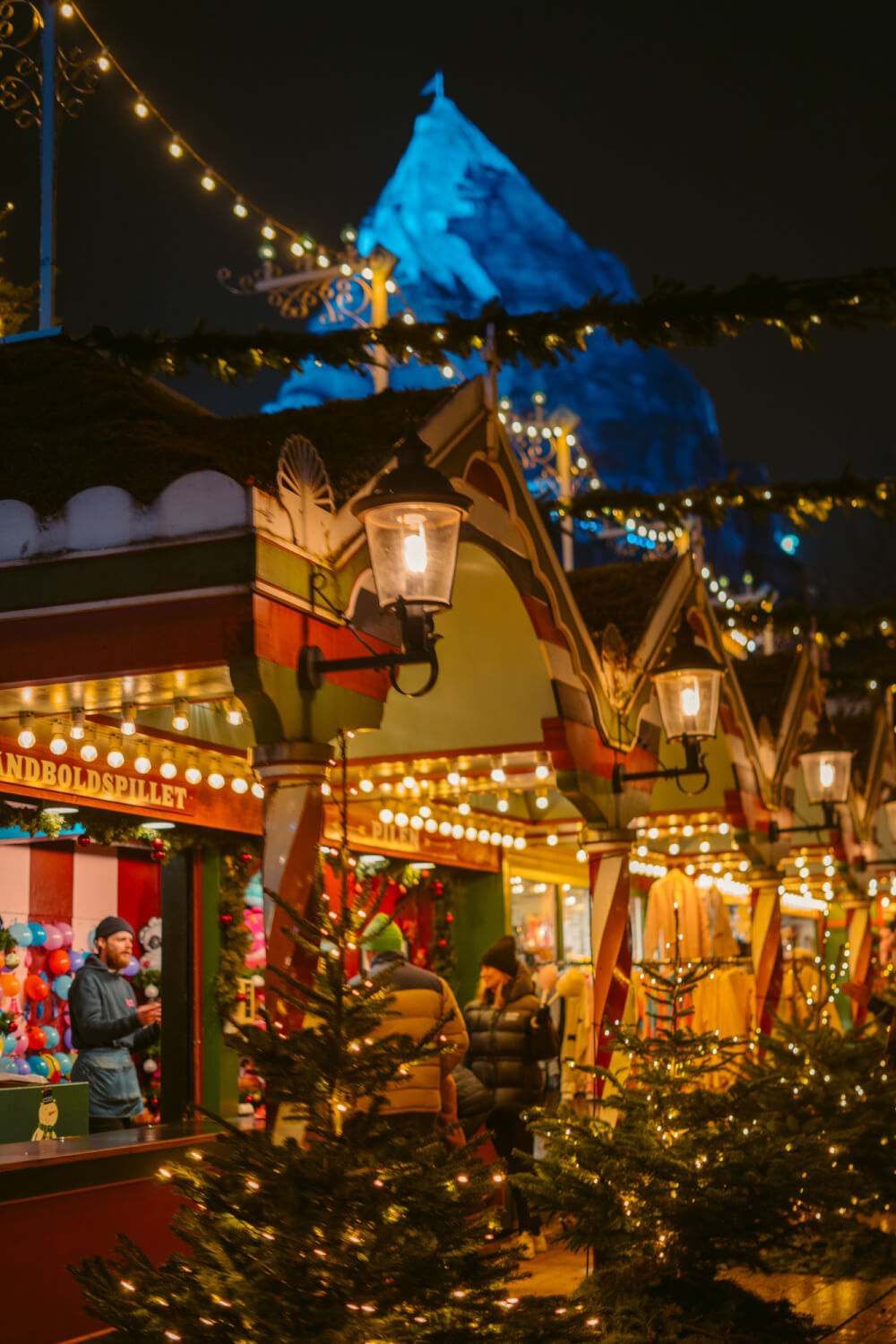
4. June 23 is the Midsummer Festival of Sankt Hans
If you’re interested in witnessing a unique cultural tradition, then one recommendation is to possibly time your visit for June 23, the Midsummer Festival of Sankt Hans, which is marked by community bonfires, often topped with a witch effigy that they mercilessly burn.
So yeah, if you’re into culture and flames, this might be a good event to put on the list.

5. Get familiar with Danish hotel chains for special perks
Now in terms of accommodation, if you’re planning a city trip, do note that many hotels in Denmark are part of chains, so for multi-destination trips especially, it could potentially work in your favour to stay loyal to a specific chain.
Some common ones you’ll encounter in Denmark include Scandic, Radisson, Strawberry (which includes Comfort and Clarion Hotels) as well as ARP-Hansen Hotel Group.
In Copenhagen as well, for a more upscale option, I loved staying with Broechner Hotels. They have a few different properties that prioritize distinct locations and special experiences, with a set of very fun perks including a free wine hour and nightcap hour where you can drink for free at any of their locations. So yes, always be on the lookout for those special perks!
In any case, most chains will offer some kind of incentive to book with them. Strawberry for instance this summer had a Summer Pass where you could buy a package of 10 hotel nights with their properties for only 89 euro a night. And with Broechner, your 8th night is free when you join their friends program.
So yes, definitely consider booking with a chain to maximize your value for money.
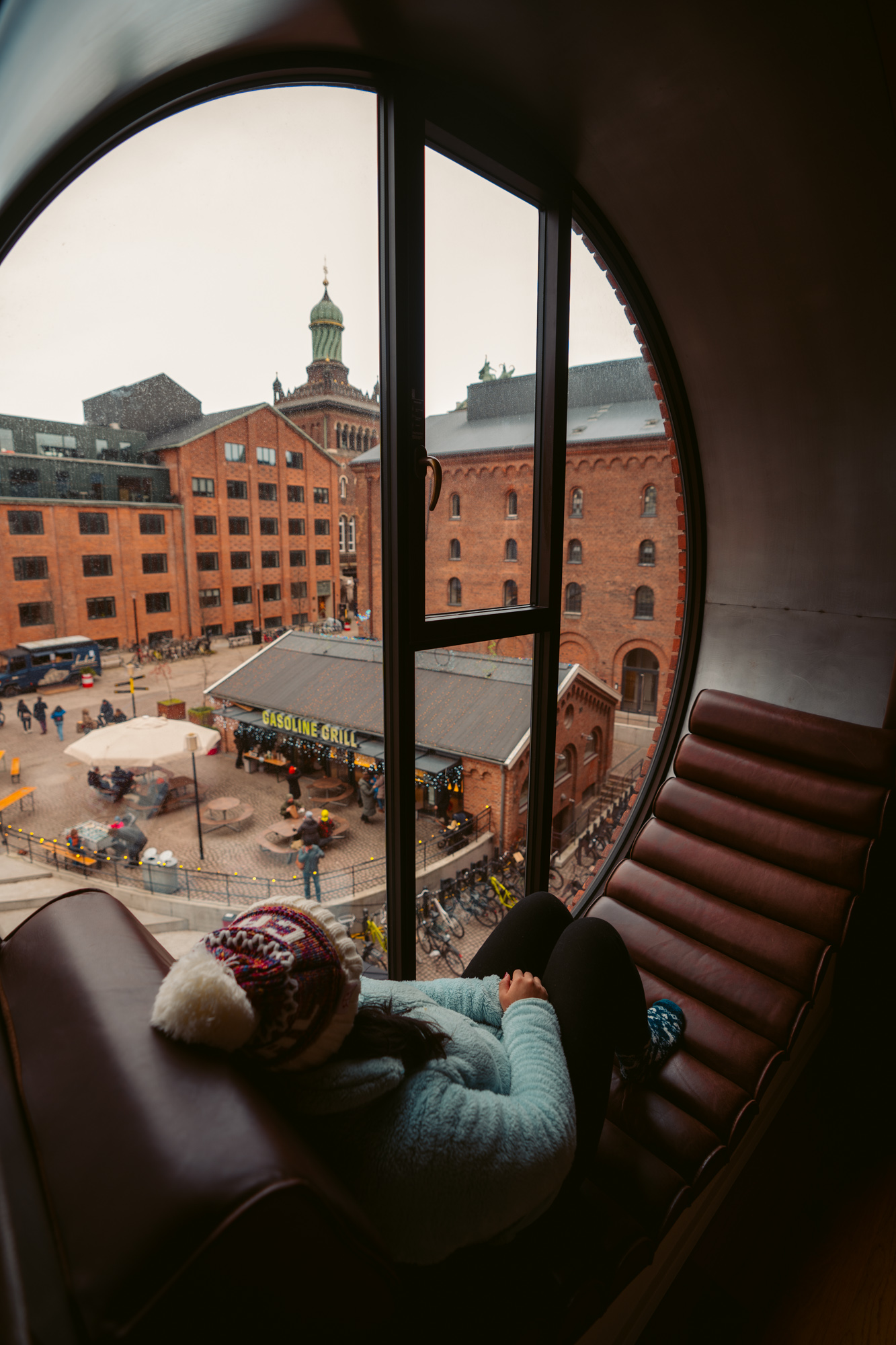
Now it’s important to note as well that like many other countries…
6. Beware: wild camping in Denmark is not allowed
And if you’re planning a more nature-oriented trip, here’s the good news: there are a lot of nice campsites, holiday cabins, and cottages you can rent in Denmark.
But, be careful: unlike in other Nordic countries, wild camping (e.g. just setting up a tent wherever you want, apart from private property) is not a thing, so do beware of this when making your plans.
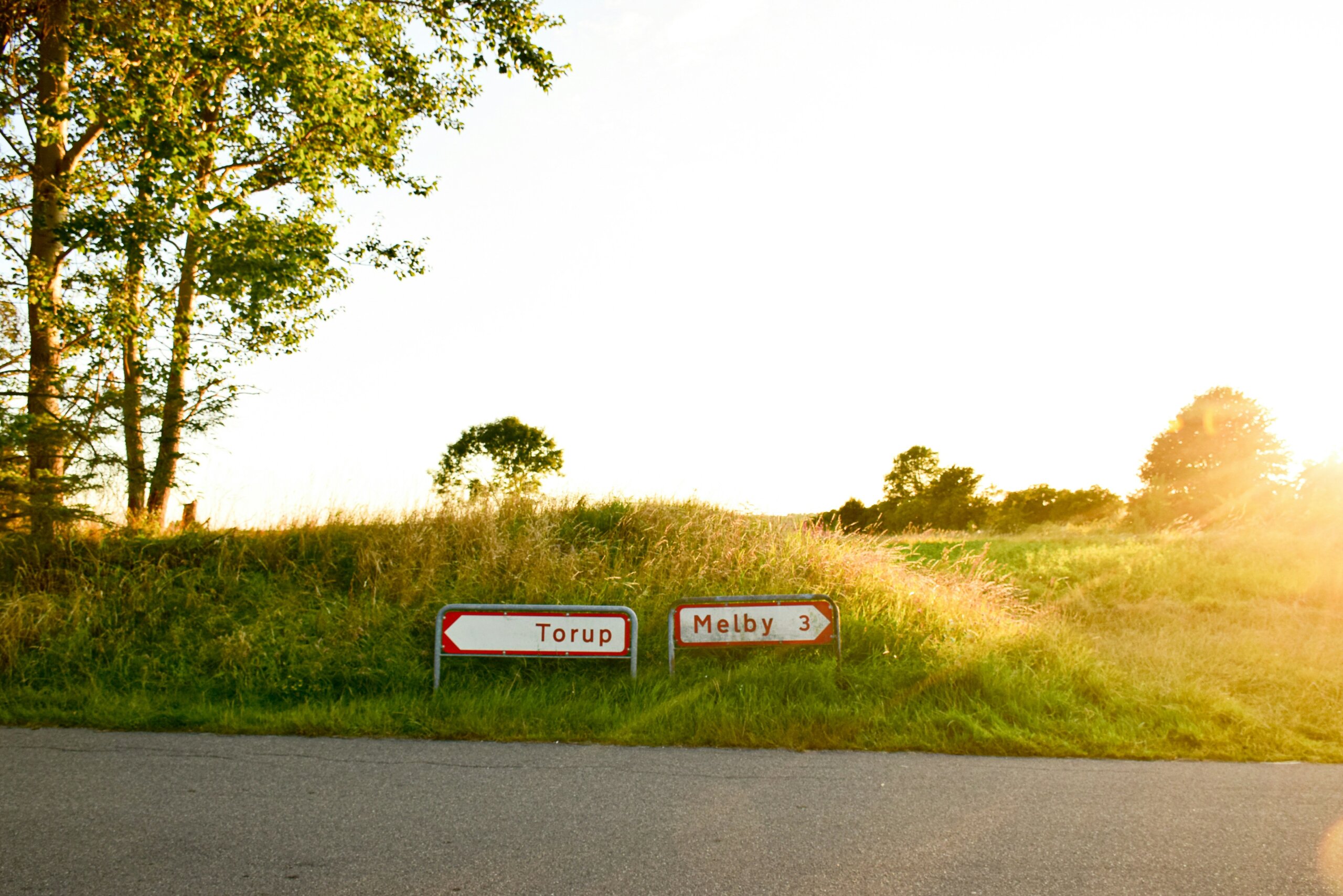
7. Denmark relies mainly on card payments
The local currency in Denmark is the Danish Krone, abbreviated to DKK. That said, if you’re planning to covert a bunch of cash…. don’t!
Cash is definitely not king in Denmark, with many businesses now switching over to be card-only, so make sure to get a good credit or debit card you can use abroad without fees.
I have been using Wise for years and have no complaints. You can use my referral link to get your first transfer free.
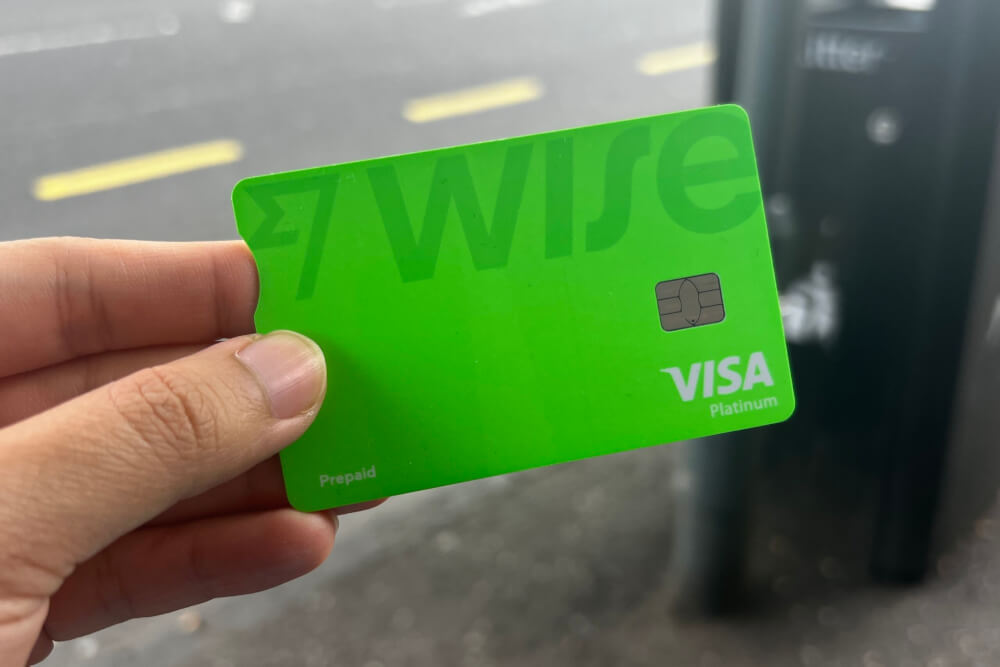
8. Public transportation in Denmark is great
Now, in terms of getting around, before you immediately rush to book a rental car for your trip, do know that public transport in Denmark is fairly comprehensive and you may not necessarily need to drive.
For instance, from Copenhagen Airport, you can reach the city’s Central Station in about 15 minutes by train. From there, you can easily catch the train or a long distance bus like Flixbus onwards to just about anywhere in the country.
Of course there are also domestic flights as well that can get you between Danish cities quickly. So, just know that there are many other options besides just renting a car.
I’d recommend using Omio to compare options so you can see all the possibilities across transport types at a glance.

9. Many regions have their own transport authority
Now if you do plan to use public transport, then something to take note of is that in Denmark, public transport tends is controlled by regional transport authorities, which means that you may need to use different apps or websites depending on where you are going.
For instance, if you are searching and buying tickets for Copenhagen and Zealand, then you would use DOT. If however you are getting tickets for Jutland then you would use Sydtrafik.
This is why sometimes it’s handy to use a 3rd party aggregator so you can see all the different options at a glance.
One app you can use for this purpose is called Resjeplanen. In a pinch, Google Maps also works pretty well.
NOTE: The main train operator within Denmark is DSB. They also have their own app where you can buy tickets directly.
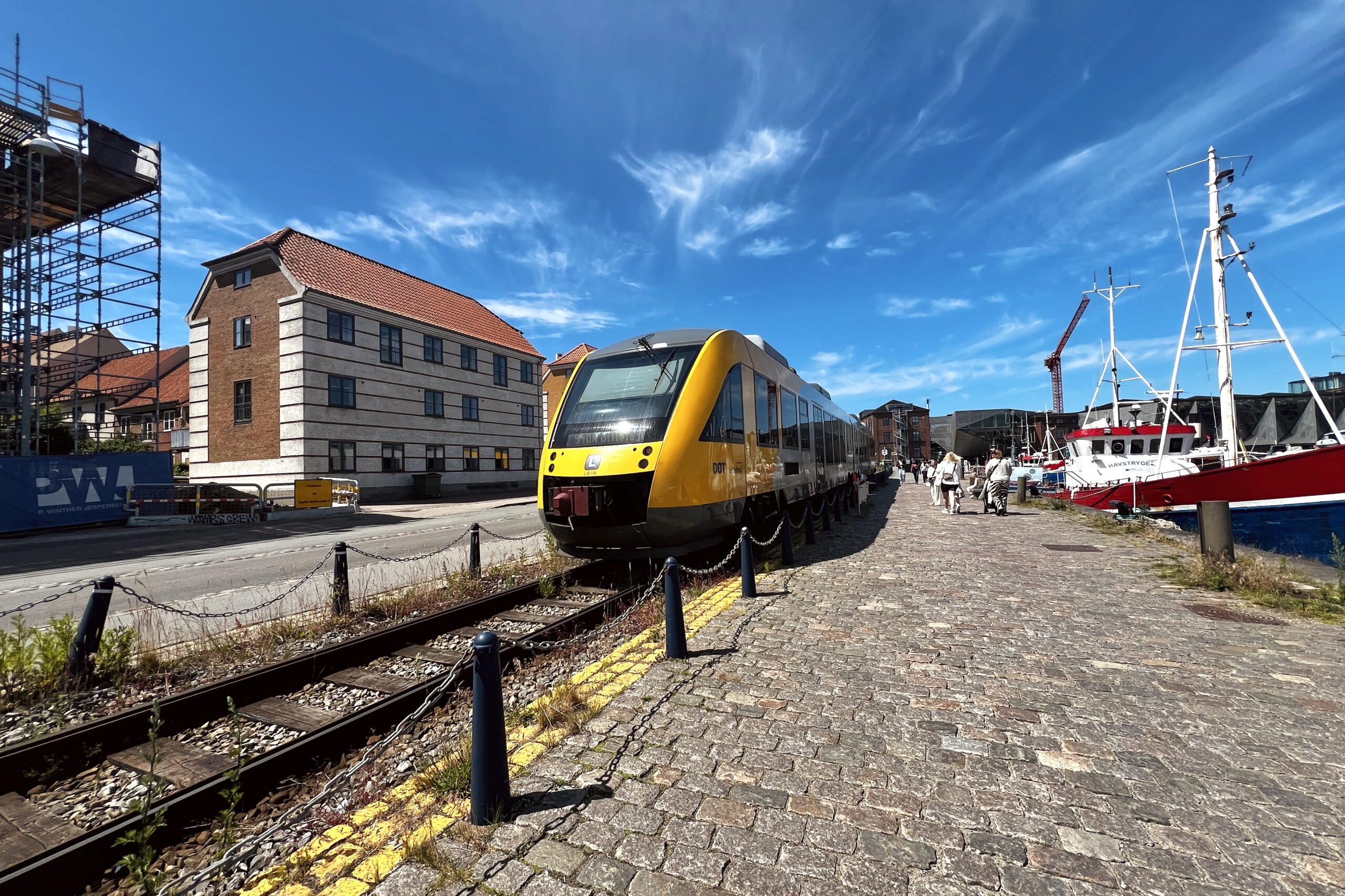
10. Look out for DSB Orange Tickets to save big on trains
While train services are convenient in Denmark, unfortunately, Danish train tickets can be quite expensive so a handy trick to know is to look out for DSB Orange Tickets.
These are tickets on off peak trains that are cheaper, usually going on sale about 2 months in advance. If you have the luxury of planning ahead, this is definitely a great way to save money while travelling around Denmark.
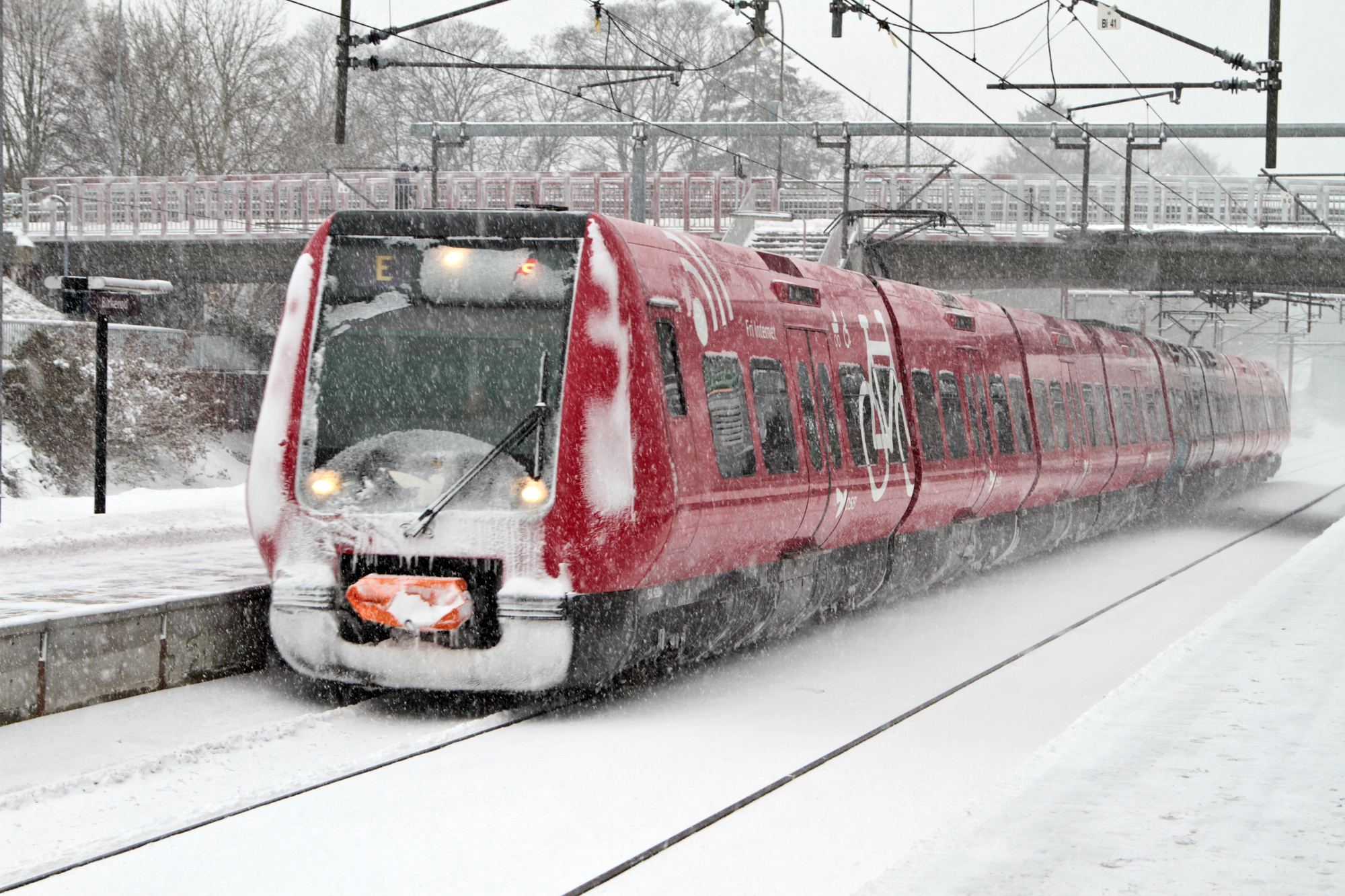
11. Train tickets in Denmark generally do not come with a reserved seat
Another must-know related to trains in Denmark is that reservations typically come at an extra cost, so if you do want to reserve a seat, make sure you’re buying a separate “seat ticket”.
NOTE: Reserving a seat isn’t mandatory and is often not needed unless you’re going to be on a very busy train.

12. For frequent public transport usage, consider passes
If you intend to use public transport a lot during your Denmark trip, then another thing to look out for are transport passes that cover unlimited travel within a set time period & area. Many transport authorities offer a version of this, like DSB for instance and its city passes.
This can definitely save you money if you plan to take public transport a lot, but do make sure you do the math and crunch the numbers before you commit to one.
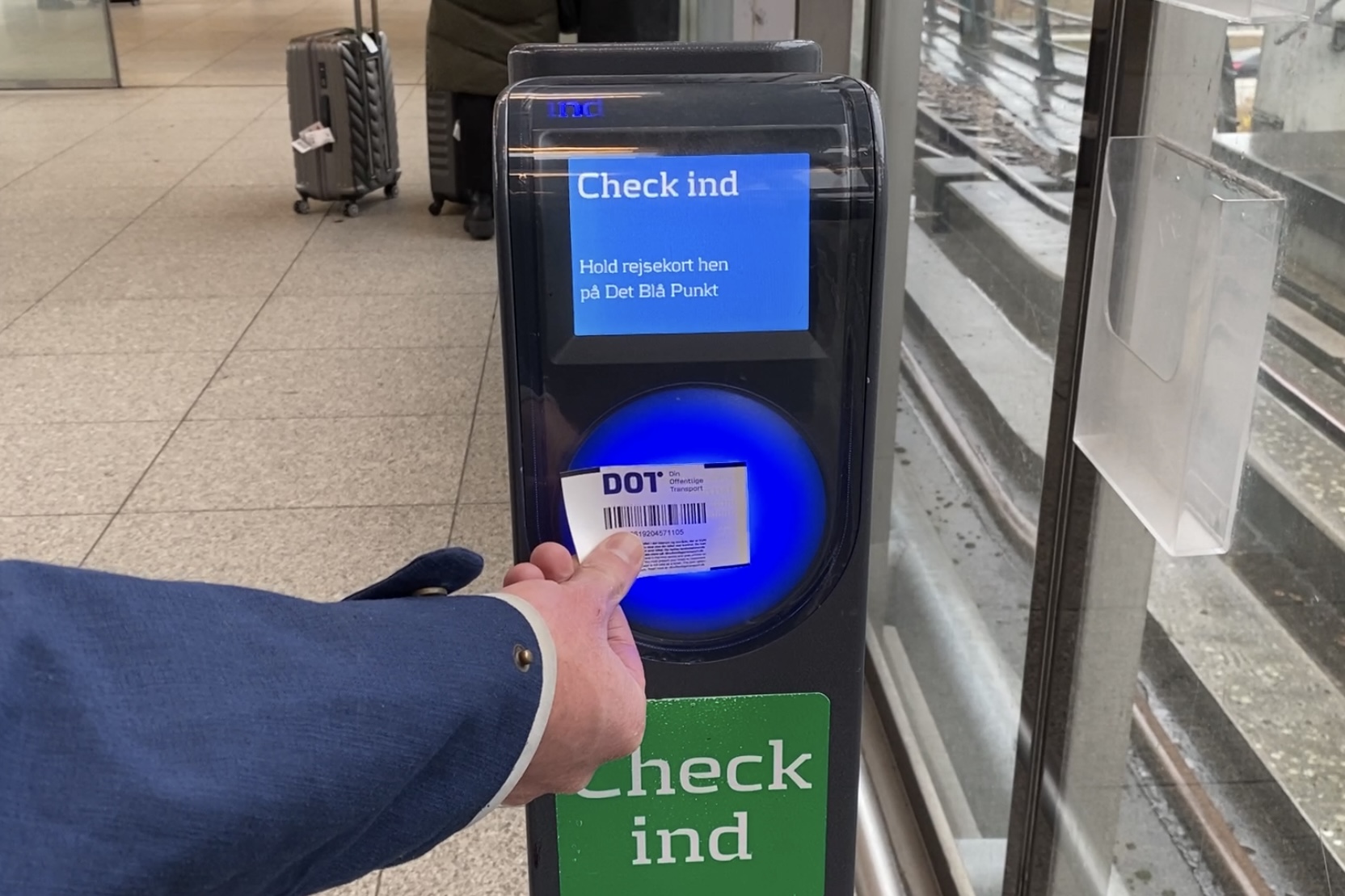
13. Enjoy a scenic Denmark road trip along the Marguerite Route
Of course, if you want utmost flexibility in terms of going wherever you want, when you want, then renting a car can be a good option.
I usually hop on DiscoverCars to find the best deal because they compare lots of different companies at once.
The great thing about road tripping in Denmark is that there is actually a special route known as the Marguerite Route (established in 1992 in honour of Queen Margrethe II) which weaves through 1000 of Denmark’s attractions, castles, manor houses, etc, making it easy to DIY your own epic Danish road trip!
You can learn more about the route here.
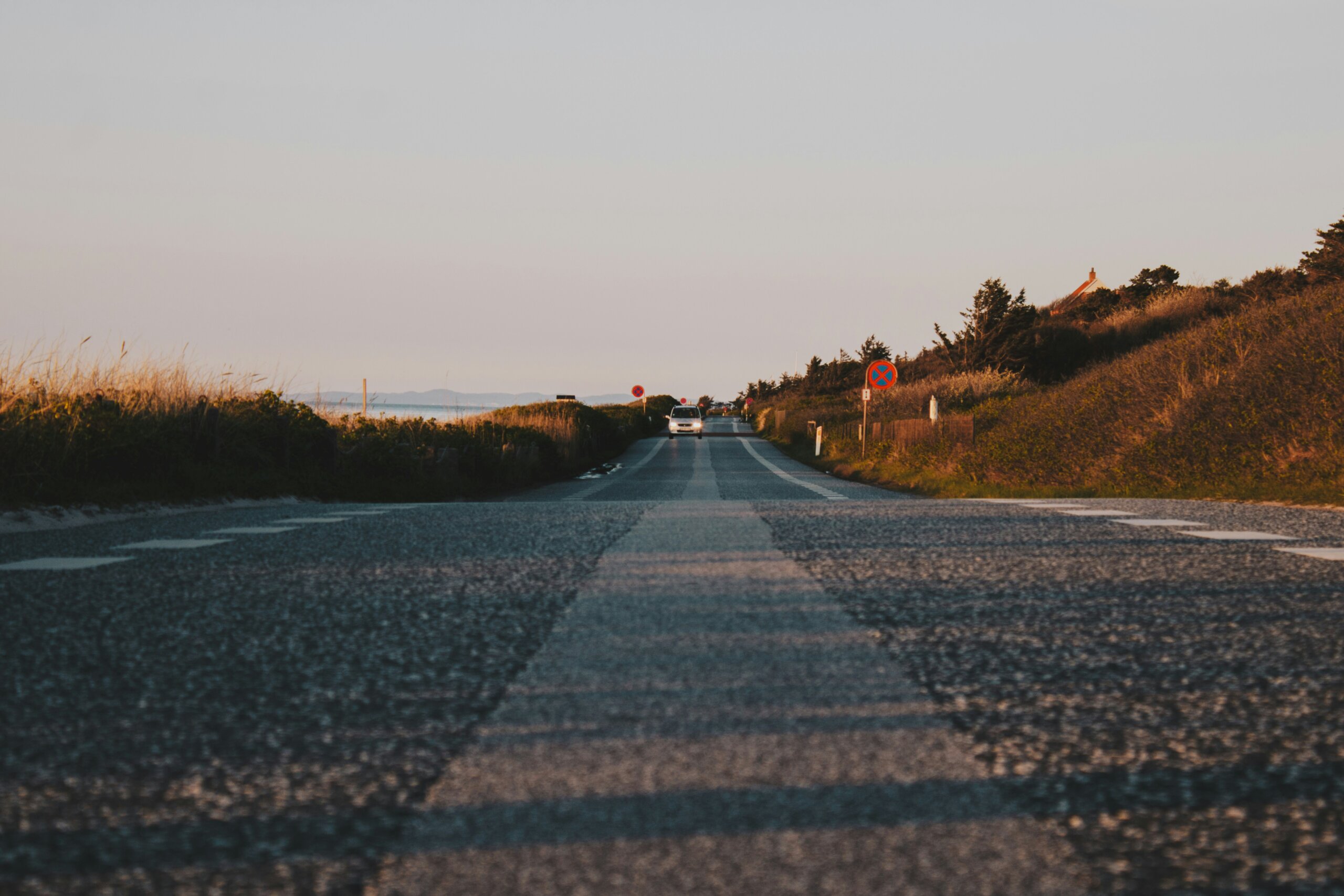
14. Consider renting a bike (if you’re confident on one!)
Exploring Danish cities is easily done on foot, but another popular way to get around is of course by bike. You can easily rent one as a tourist through bike share programs like Donkey Republic in the main cities, or through many rental companies.

15. Most Danes speak great English
And if you’re worried about learning Danish in advance of your trip, really don’t worry too much about it – people in Denmark tend to speak remarkably good English, and especially in most touristy settings, you will not need to speak Danish to get by.
That said, it might be nice to learn basics like…
- Thank you, which is Tak
- Hello, which is just Hej!

16. Destination names in Danish may be different to what you’re used to
Now, while it’s not necessary to max out Duolingo Danish in advance of your trip, one helpful thing to memorize might be the Danish names of the destinations you plan to visit. This can be helpful in identifying the right train, bus, etc. as sometimes the names are listed in Danish rather than English.
Some examples include…
- København = Copenhagen
- Helsingør = Elsinore
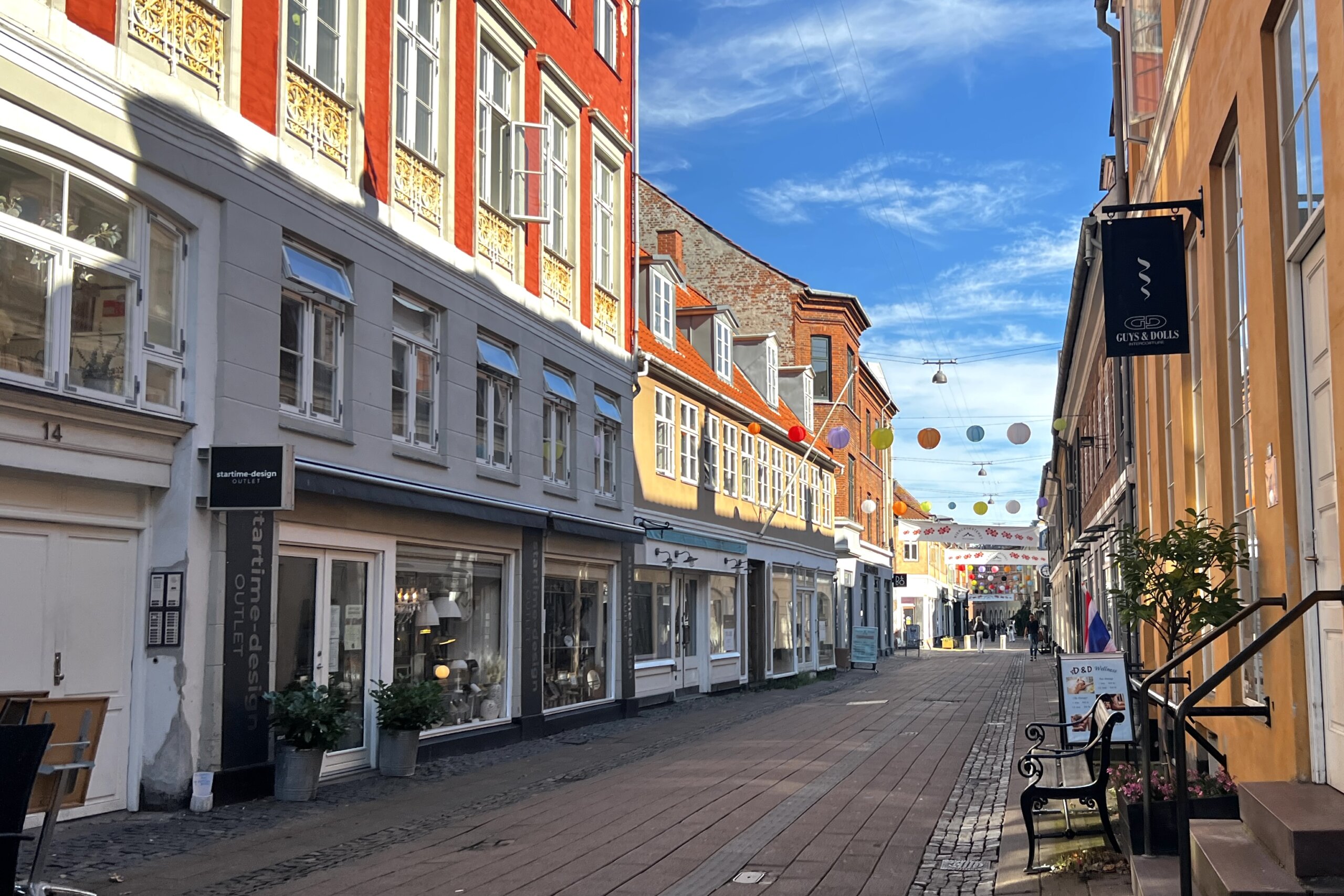
17. Consider eating at food halls/markets for a more affordable option
Now the rumours you’ve heard are true – dining out (and especially drinking!) can cost quite a bit of money in Denmark.
BUT if you’re a foodie, there’s really a ton of options, especially in the big cities where you’ll find everything ranging from super high end fine dining to hot dog stands all over the city. In other words, sure it can be spendy, but there’s many options that are both worth the splurge and also some that are easier on the wallet as well.
One of my favourite places to grab a bite in a more casual setting with lots of choices is food halls or markets.
Pretty much every major Danish city has one and you’ll find lots of great options for things to try… and often for a cheaper price than sit down restaurants!

18. Don’t forget to try some classic Danish foods
Of course, when in Denmark, you should try some tasty local dishes.
While not as well-known abroad as other European cuisines, Danish food does have a few stand-out winners in my book.
Some classic staples include…
- Smørrebrød, open faced sandwiches with rye bread and various toppings
- The national dish Stegt Flæsk which is crispy pork served with potatoes
- And weirdly, Hot Dogs! They love their hot dogs over there

19. And try plenty of Danish baked goods as well
Of course, there’s also Danish baked goods which deserve their whole other section.
And yes, there is much more than just the Danish we know and love abroad which is that sticky pastry with a dab of filling in the middle… Fun fact: these are actually apparently Austrian in origin, and known as Vienna bread in Denmark.
Now which pastries should you try when in Denmark?
Honestly, the best thing to do really is to just waltz into a bakery and choose based on what looks and sounds good to you. There are way too many options to choose from – from pastries like various types of Snegl, which are swirly pastry delights often with cinnamon, to tons of biscuits and especially cakes. It is said that most Danish regions have their own special cakes and they also have specific cakes for different occasions. SO, definitely indulge in that sweet scene when you’re there!
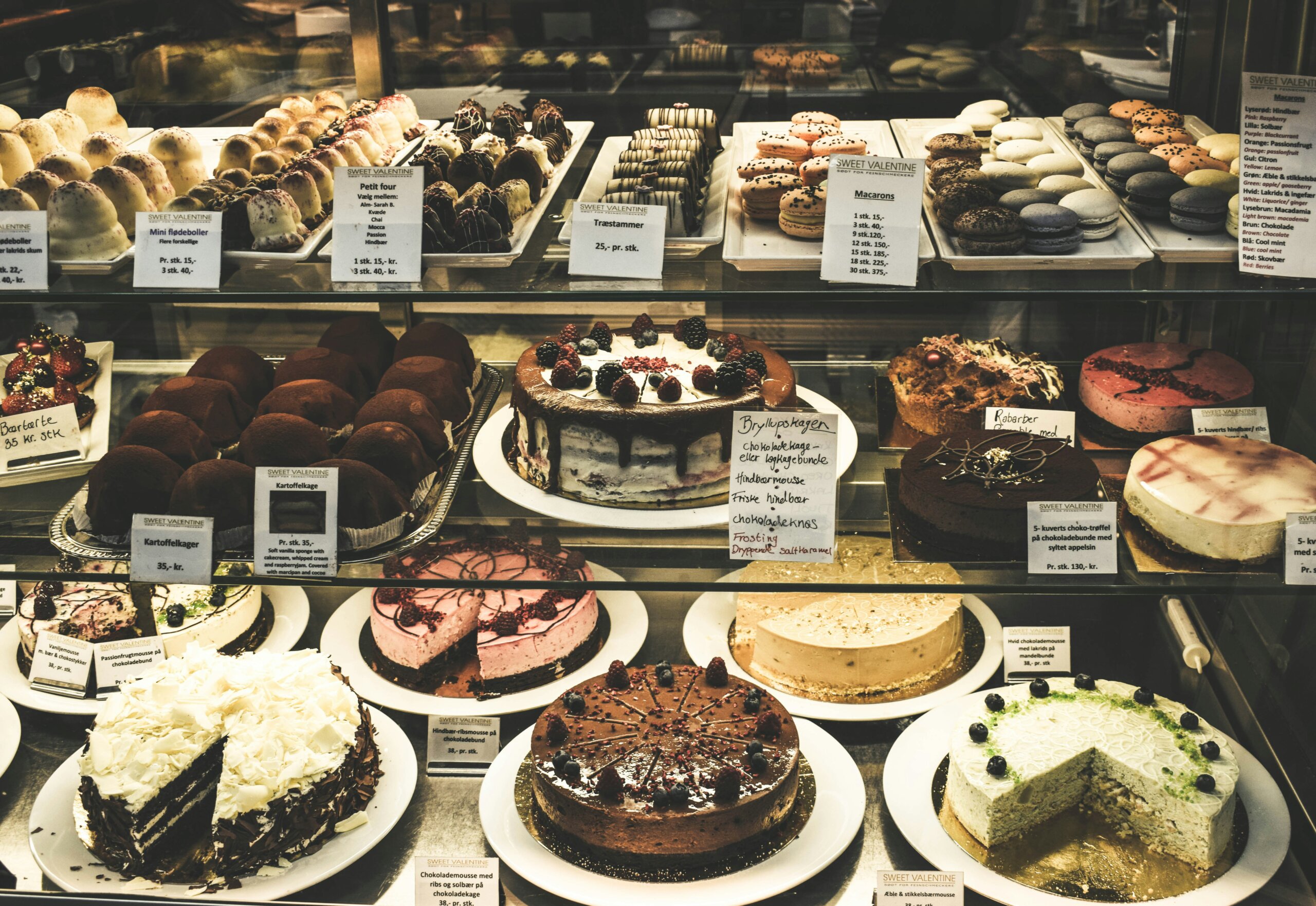
20. Take a number when queuing
Now, this is quite niche, but if you find yourself at a bakery in Denmark (which duh of course you will) then be sure to keep an eye out for a ticket number dispenser.
In establishments where an orderly queue isn’t always possible, these tend to be the norm to keep track of whose turn it is. You may also find these in banks and other places, but let’s face it – bakeries are the most likely!
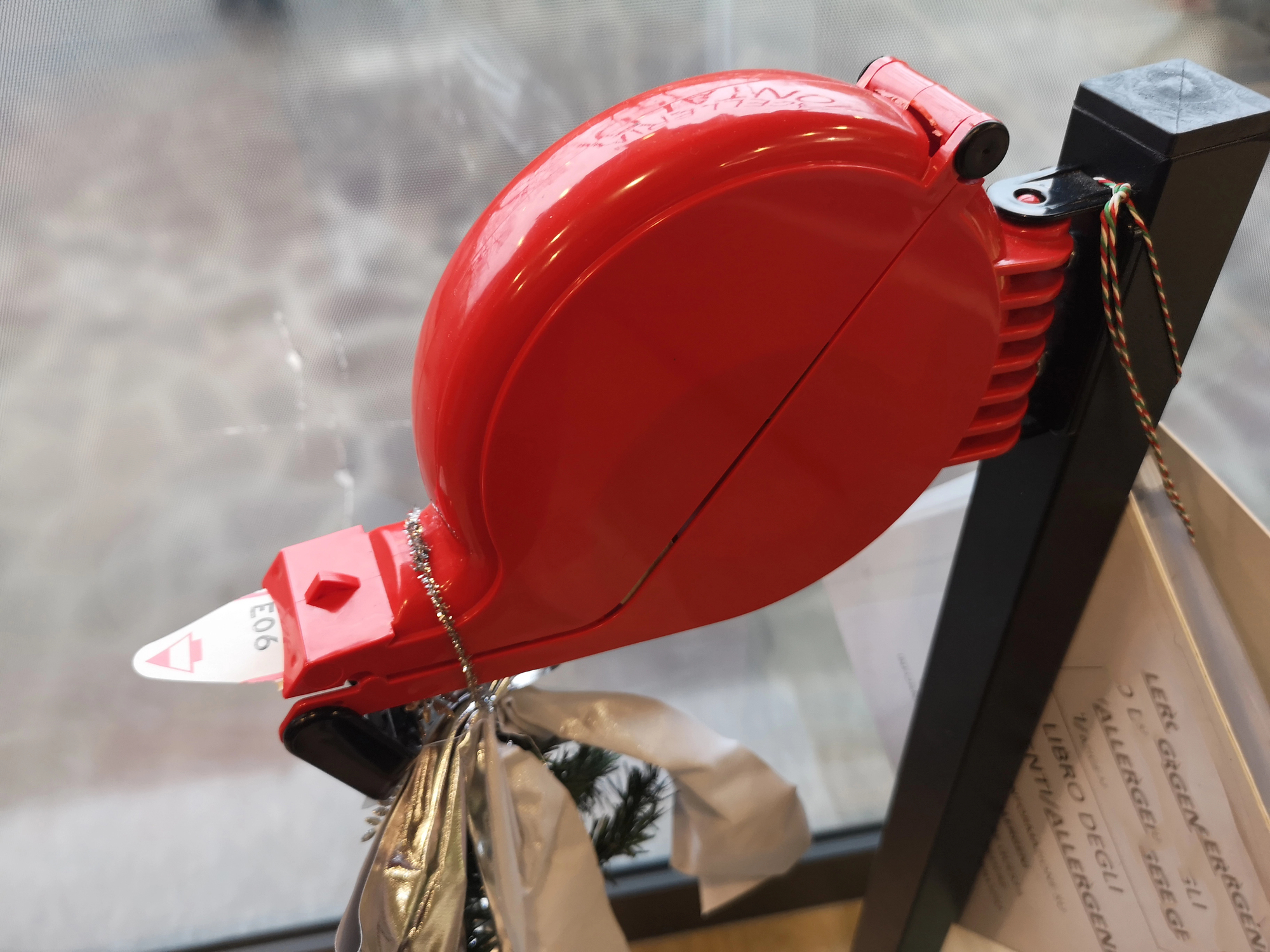
21. Dress in layers and prepare for all kinds of weather
Weather in Denmark can be fairly random, with bouts of rain, wind, sunshine and everything in between to be expected no matter the season. So, the best way to prepare for this is to pack and dress well – wear layers that are easy to put on/remove and make sure you have a good wind and rain proof jacket at all times.

I hope this list of Denmark Travel Tips was Helpful!
Hopefully by now, you’ll feel much more prepared for your big Swedish vacation, but if you have any more questions, let me know in the comments.

